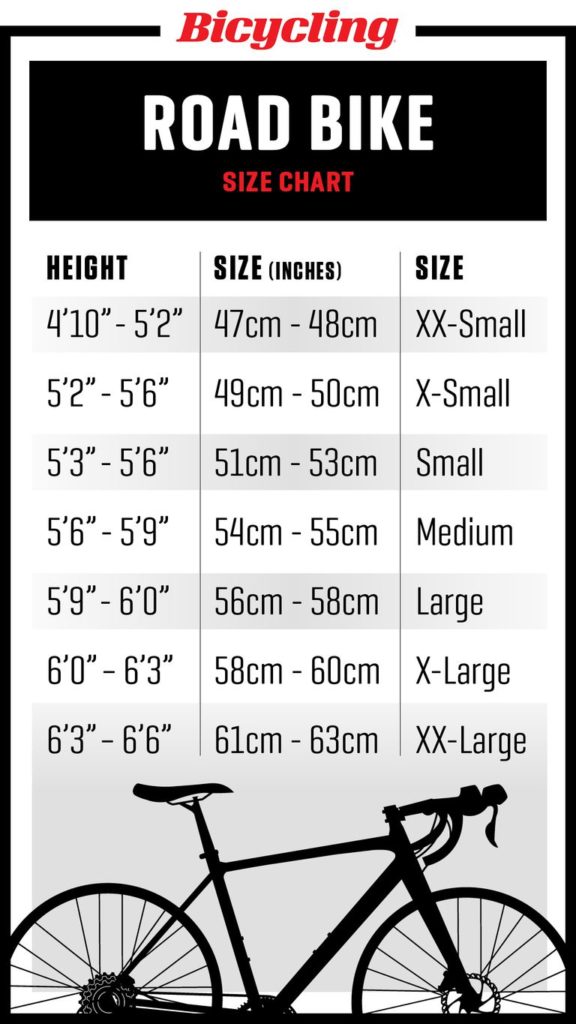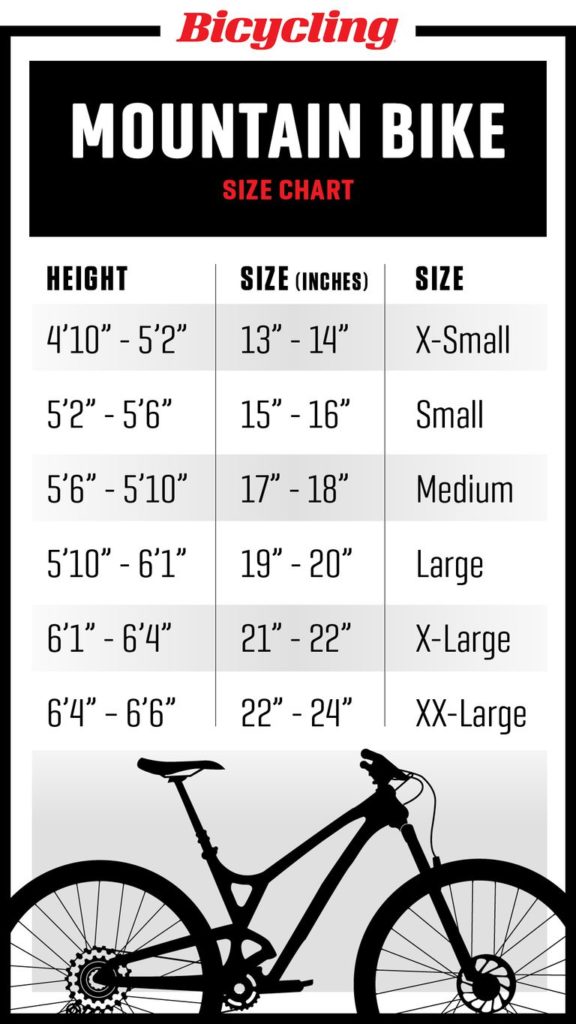A Quick Guide To Sizing Your Bike Frame
Whether you're new to cycling or simply buying a bike online, these expert tips will help you get the right fit.
Nowadays, almost everything can be bought online – and bikes are no exception. But the convenience of having your new bike delivered directly to your home comes with one main drawback: Unless you’ve already had a chance to try it out beforehand, you’re taking a gamble on getting the right size.
Buying in person? That’s much easier, but it still helps to know what to look for. Follow these steps, and you’ll be ready to hit the road (or the trails) on the right bike in no time:
Consider the Bike Type
First, consider what kind of bike you want. Sizing varies greatly between road and mountain bikes, as well as between men’s and women’s models and even between individual manufacturers. You’ll want to be familiar with your own wants and needs before determining what size is right for you. Many manufacturers have their own sizing charts that will steer you in the right direction.
Use Your Height
While using your height as a guide is one of the easier ways to get an idea of your frame size, it won’t give you a perfect fit. Rather, it’s just a decent way to determine whether the frame will be too short or too tall. Below are general guides for road bikes and mountain bikes. Keep in mind that this is only a general guide. Sizing will still vary between brands.
Road Bike Size Chart:

Mountain Bike Size Chart:

Invest in a Bike Fit
Getting a professional bike fit before you buy can make all the difference. That’s why Missy Erickson, owner and fit specialist at ERO Sports, recommends a Pre-Purchase Bike Fit for all athletes.“It doesn’t matter if you’re buying a new bike from a bike shop, ordering a bike online, or buying off Gumtree,” she says. “Knowing your fit dimensions and having a fit specialist help walk you through the process not only ensures you are getting the proper size, but a bike also for your specific needs.”
A bike fit will also provide all your more detailed measurements. For beginner cyclists and athletes, this can be extremely helpful. “Investing in a bike fit not only ensures you are going to get the right bike, but you’re also going to be set up on it perfectly, avoiding injury, pain, and discomfort, which will make cycling even more enjoyable than it already is,” Erickson says.
Try Before You Buy
It’s the most obvious and overused advice out there, but it’s true: Seeing a bike in person, trying it out, and getting a feel for it is often the best way to know if it’s right for you. Many bicycle brands and bike shops offer demo days or demo events to allow customers to test ride bikes. It also helps to ask questions and speak to knowledgeable staff members. As an added bonus, you avoid the potential damage from shipping, and you won’t have to assemble anything yourself.
Listen to Your Body
Ideally, you’ll know your bike size before you buy. It’ll make the whole process easier, and you’ll be set up for success right from the beginning. Sometimes, however, there are other ways to know if your setup isn’t right. Lower back pain, elbow pain, neck pain, and knee pain can all be indicative of a poor fit (among other issues). Numbness is another problematic sign.
This article originally appeared on bicycling.com.

